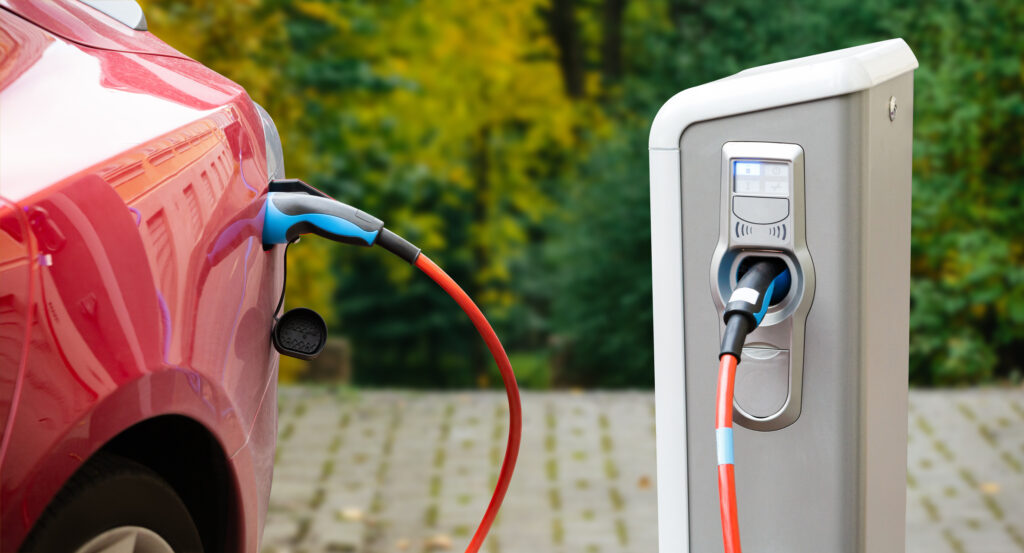
Electrify America, a leading EV charging company in the U.S., is set to penalize drivers who exceed necessary charging times, aiming to increase turnover and availability at busy stations.
In 2023, the U.S. added over 2,000 public fast-charging stations, yet most plug-ins occur at a small fraction of these outlets.
How Will Electrify America’s Pilot Program Work?
The company’s pilot program at 10 Southern California stations will stop charging a vehicle once its battery reaches 85% capacity. Following a 10-minute grace period, drivers will be charged 40 cents per minute until they unplug. This initiative targets reducing wait times by preventing drivers from occupying charging spots longer than needed.
CEO Robert Barrosa emphasized the scarcity of charging plugs, leading some drivers to unnecessarily prolong their charging sessions. “Once you’re at a charger, it’s like ‘Oh, yeah. I’m filling all the way,” Barrosa noted in an interview with CNN.
According to a press release, 10 pilot locations were chosen for their high usage rates and availability of nearby charging options. Highway corridor stations were excluded to ensure access for long-distance travelers needing full charges.
Increased Demand and Station Profitability
The rising number of EVs has increased station profitability. In December, the average utilization rate for non-Tesla fast-charging stations in the U.S. reached 18%, double the rate from the start of the year, according to Stable Auto. This surpasses the 15% threshold needed for most stations to turn a profit. However, increased demand has led to congestion, with around 80% of charging activity concentrated at just 30% of stations.
Brendan Jones, CEO of Blink Charging Co., highlighted the problem of overuse at busy stations, which can deter customers. “You get to 30% [utilization], you start worrying about whether you need another charger,” Jones stated.
Joel Levin, executive director of Plug in America, believes the new rule will minimally impact drivers. Most EV users do not charge beyond 85%, as fast chargers reduce power to protect the battery once it surpasses 80%. Levin remarked, “This will maybe affect a little bit on the margin, but I don’t think it’s an unreasonable rule and it’ll only affect a handful of people.”
Challenges for EV Adoption
A shortage of charging stations remains a major obstacle for broader EV adoption in the U.S. According to an AP-NORC poll, less than half of U.S. adults are likely to go electric for their next car, citing concerns about range, charging time, and station availability.
In 2023, the addition of 2,018 public fast-charging stations marked a significant increase, but still falls short of the anticipated demand. The National Renewable Energy Laboratory estimates the U.S. will need 28 million charging ports by 2030, far exceeding the current 183,000 public ports reported in May.
Federal support for charging infrastructure has been slow. Despite a $7.5 billion allocation by Congress, only 38 stations were operational as of March, according to the Washington Post. Levin suggests that building more stations is the ultimate solution to congestion. “If the stations are congested, people have got to build more stations,” he said.
Featured Image courtesy of Scharfsinn86/Getty Images/iStockphoto
Follow us for more EV news.
